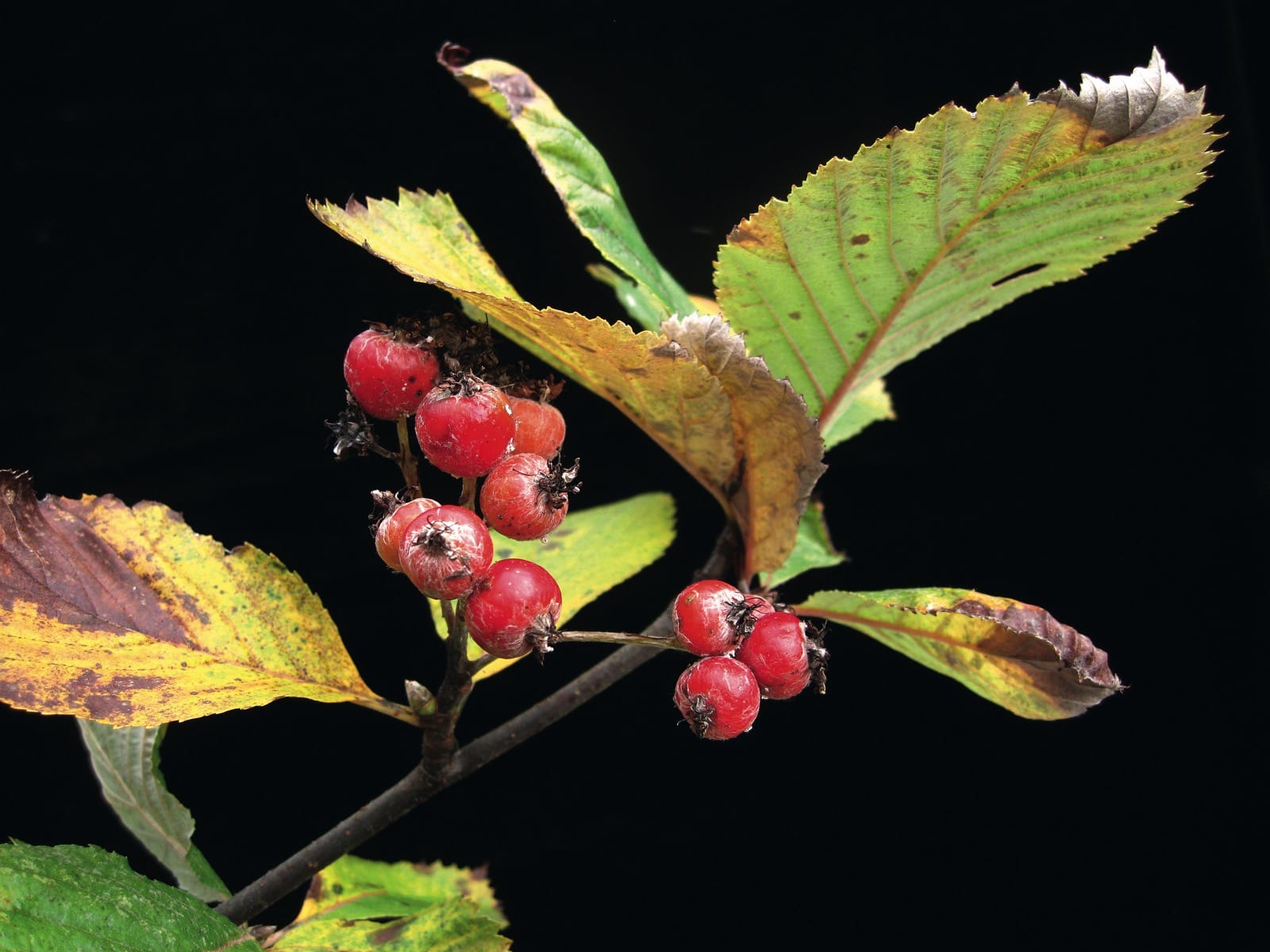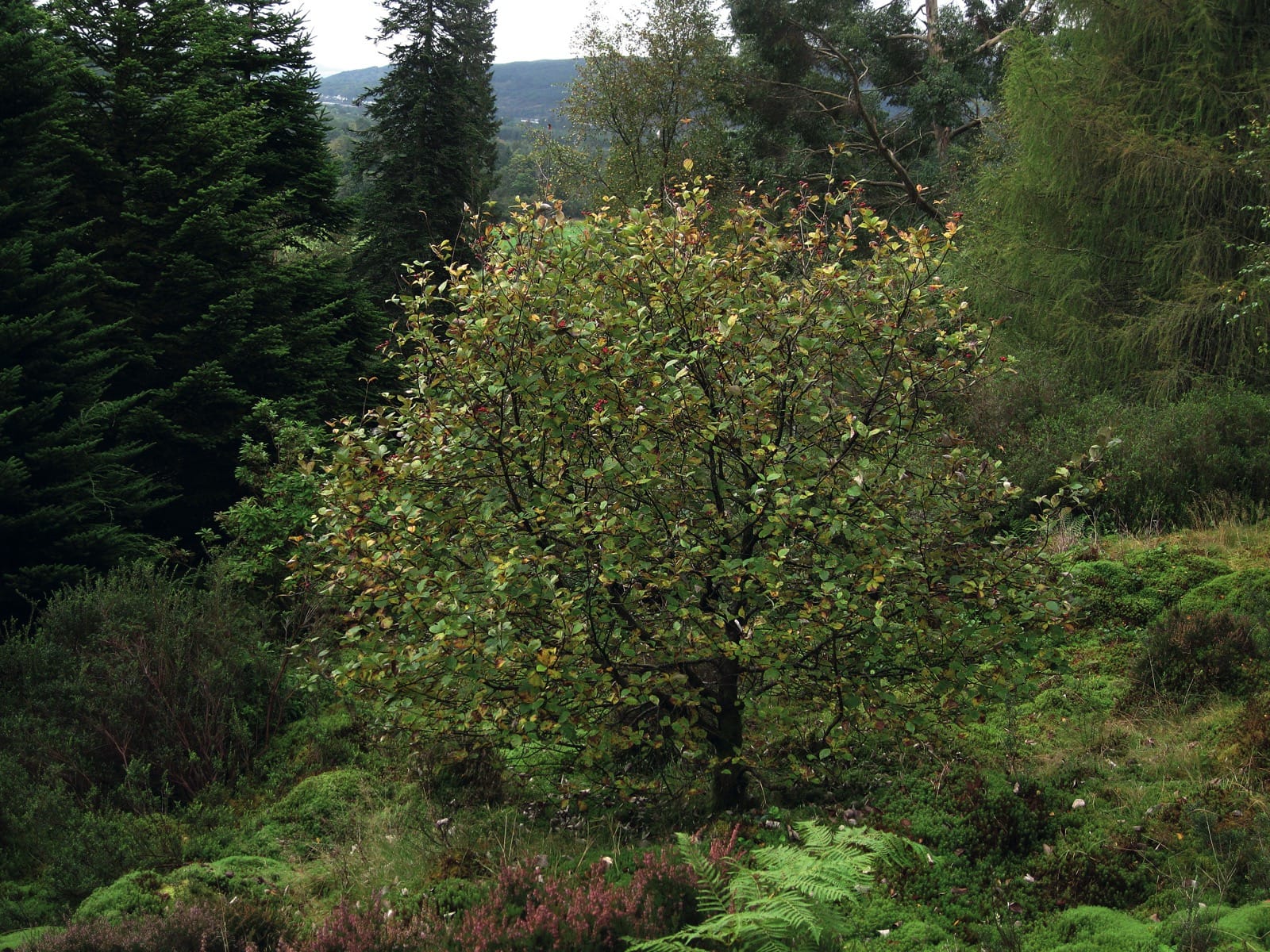Sorbus hajastana
Sponsor
Kindly sponsored by
This genus has been sponsored and new text is being prepared.
Credits
Article from New Trees by John Grimshaw & Ross Bayton
Recommended citation
'Sorbus hajastana' from the website Trees and Shrubs Online (treesandshrubsonline.
Genus
Other taxa in genus
- Sorbus americana
- Sorbus amoena
- Sorbus arachnoidea
- Sorbus aucuparia
- Sorbus carmesina
- Sorbus cashmiriana
- Sorbus commixta
- Sorbus coxii
- Sorbus decora
- Sorbus discolor
- Sorbus ellipsoidalis
- Sorbus esserteauiana
- Sorbus fansipanensis
- Sorbus foliolosa
- Sorbus forrestii
- Sorbus glabriuscula
- Sorbus glomerulata
- Sorbus gracilis
- Sorbus helenae
- Sorbus hupehensis
- Sorbus hypoglauca
- Sorbus insignis
- Sorbus 'Joseph Rock'
- Sorbus khumbuensis
- Sorbus koehneana
- Sorbus kongboensis
- Sorbus kurzii
- Sorbus lingshiensis
- Sorbus matsumurana
- Sorbus microphylla
- Sorbus muliensis
- Sorbus olivacea
- Sorbus parvifructa
- Sorbus pohuashanensis
- Sorbus poteriifolia
- Sorbus prattii
- Sorbus pseudohupehensis
- Sorbus pseudovilmorinii
- Sorbus randaiensis
- Sorbus reducta
- Sorbus rinzenii
- Sorbus rubescens
- Sorbus rufopilosa
- Sorbus rushforthii
- Sorbus sambucifolia
- Sorbus sargentiana
- Sorbus scalaris
- Sorbus sitchensis
- Sorbus tianschanica
- Sorbus ursina
- Sorbus vilmorinii
- Sorbus wallichii
- Sorbus wilsoniana
Tree to 10 m. Branchlets smooth, glabrous, with a few lenticels. Buds hairy, 0.7–0.75 cm long. Leaves 7.5–10 × 6.5–7.5 cm, ovate to rounded, upper surface glabrous, lower surface white-tomentose, eight to nine secondary veins on each side of midrib, craspedodromous, margins double-serrate to shallowly lobed, apex acute; petiole 1.3–2 cm long, pubescent. Inflorescence corymbose, pubescent. Flowers white, hermaphrodite; hypanthium turbinate, sepals deciduous, petals glabrous, 0.5 cm long. Fruit orange, 0.9–1.1 × 0.7–0.9 cm, covered with lenticels. Flowering May to June, fruiting July to September (Caucasus). Aldasoro et al. 2004. Distribution ARMENIA; AZERBAIJAN; GEORGIA. Habitat Mountain slopes, forest margins, between 1700 and 2300 m asl. USDA Hardiness Zone 5–6. Conservation status Not evaluated. Illustration More & White 2003; NT814, NT816, NT820. Taxonomic note A tetraploid apomictic microspecies, or more likely an aggregate of similar microspecies, very like S. graeca and behaving similarly in cultivation (H. McAllister, pers. comm. 2007).
One of the species named and introduced by the famous Armenian botanist Nora Gabrieljan (as noted above), Sorbus hajastana is grown in a number of British collections. It is an unremarkable small whitebeam, forming a rounded, bushy small tree.


